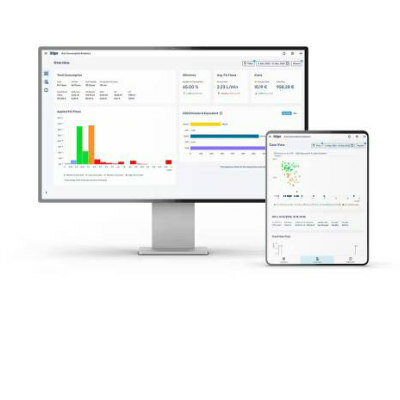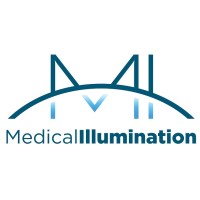CDC to Roll out Cell Phone-Based Surveillance System for Monitoring COVID-19 Vaccine Recipients
|
By HospiMedica International staff writers Posted on 26 Oct 2020 |
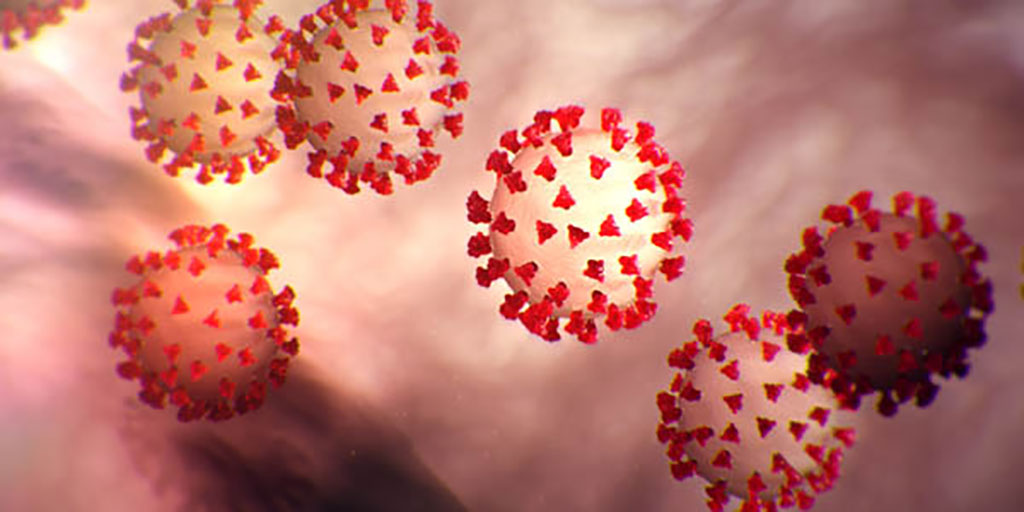
Illustration
The US Centers for Disease Control and Prevention (CDC Atlanta, GA, USA) has added a new safety monitoring system to evaluate the safety of COVID-19 vaccines in real time and ensure that they are as safe as possible after they are authorized or approved for use.
Currently, clinical trials are evaluating investigational COVID-19 vaccines in many thousands of study participants to generate scientific data and other information for the Food and Drug Administration (FDA) to determine their safety and effectiveness. After a vaccine is authorized or approved for use, many vaccine safety monitoring systems watch for adverse events (possible side effects). This continued monitoring can pick up on adverse events that may not have been seen in clinical trials. If an unexpected adverse event is seen, experts quickly study it further to assess whether it is a true safety concern. Experts then decide whether changes are needed in vaccine recommendations. This monitoring is critical to help ensure that the benefits continue to outweigh the risks for people who receive vaccines.
As people get vaccinated, CDC, FDA, and other federal partners will use robust systems and data sources to conduct ongoing safety monitoring. Among its various safety monitoring systems, the CDC plans to use a new smartphone-based, after-vaccination health checker named V-SAFE for people who receive COVID-19 vaccines. V-SAFE is a smartphone-based text, text-to-web survey, and email-to-web survey active surveillance program for early vaccine recipients. V-SAFE uses contact information (phone numbers) from the registration process for COVID-19 vaccination of essential workers - up to 20+ million people during the first few months of a vaccination program.
V-SAFE will use text messaging and web surveys from CDC to check in with vaccine recipients for health problems following COVID-19 vaccination. V-SAFE will conduct health checks on vaccine recipients via text messages and email daily for the first week post-vaccination and weekly thereafter for six weeks post-vaccination. The system also will provide telephone follow up to anyone who reports medically significant (important) adverse events.
Related Links:
Centers for Disease Control and Prevention (CDC)
Currently, clinical trials are evaluating investigational COVID-19 vaccines in many thousands of study participants to generate scientific data and other information for the Food and Drug Administration (FDA) to determine their safety and effectiveness. After a vaccine is authorized or approved for use, many vaccine safety monitoring systems watch for adverse events (possible side effects). This continued monitoring can pick up on adverse events that may not have been seen in clinical trials. If an unexpected adverse event is seen, experts quickly study it further to assess whether it is a true safety concern. Experts then decide whether changes are needed in vaccine recommendations. This monitoring is critical to help ensure that the benefits continue to outweigh the risks for people who receive vaccines.
As people get vaccinated, CDC, FDA, and other federal partners will use robust systems and data sources to conduct ongoing safety monitoring. Among its various safety monitoring systems, the CDC plans to use a new smartphone-based, after-vaccination health checker named V-SAFE for people who receive COVID-19 vaccines. V-SAFE is a smartphone-based text, text-to-web survey, and email-to-web survey active surveillance program for early vaccine recipients. V-SAFE uses contact information (phone numbers) from the registration process for COVID-19 vaccination of essential workers - up to 20+ million people during the first few months of a vaccination program.
V-SAFE will use text messaging and web surveys from CDC to check in with vaccine recipients for health problems following COVID-19 vaccination. V-SAFE will conduct health checks on vaccine recipients via text messages and email daily for the first week post-vaccination and weekly thereafter for six weeks post-vaccination. The system also will provide telephone follow up to anyone who reports medically significant (important) adverse events.
Related Links:
Centers for Disease Control and Prevention (CDC)
Latest COVID-19 News
- Low-Cost System Detects SARS-CoV-2 Virus in Hospital Air Using High-Tech Bubbles
- World's First Inhalable COVID-19 Vaccine Approved in China
- COVID-19 Vaccine Patch Fights SARS-CoV-2 Variants Better than Needles
- Blood Viscosity Testing Can Predict Risk of Death in Hospitalized COVID-19 Patients
- ‘Covid Computer’ Uses AI to Detect COVID-19 from Chest CT Scans
- MRI Lung-Imaging Technique Shows Cause of Long-COVID Symptoms
- Chest CT Scans of COVID-19 Patients Could Help Distinguish Between SARS-CoV-2 Variants
- Specialized MRI Detects Lung Abnormalities in Non-Hospitalized Long COVID Patients
- AI Algorithm Identifies Hospitalized Patients at Highest Risk of Dying From COVID-19
- Sweat Sensor Detects Key Biomarkers That Provide Early Warning of COVID-19 and Flu
- Study Assesses Impact of COVID-19 on Ventilation/Perfusion Scintigraphy
- CT Imaging Study Finds Vaccination Reduces Risk of COVID-19 Associated Pulmonary Embolism
- Third Day in Hospital a ‘Tipping Point’ in Severity of COVID-19 Pneumonia
- Longer Interval Between COVID-19 Vaccines Generates Up to Nine Times as Many Antibodies
- AI Model for Monitoring COVID-19 Predicts Mortality Within First 30 Days of Admission
- AI Predicts COVID Prognosis at Near-Expert Level Based Off CT Scans
Channels
Critical Care
view channel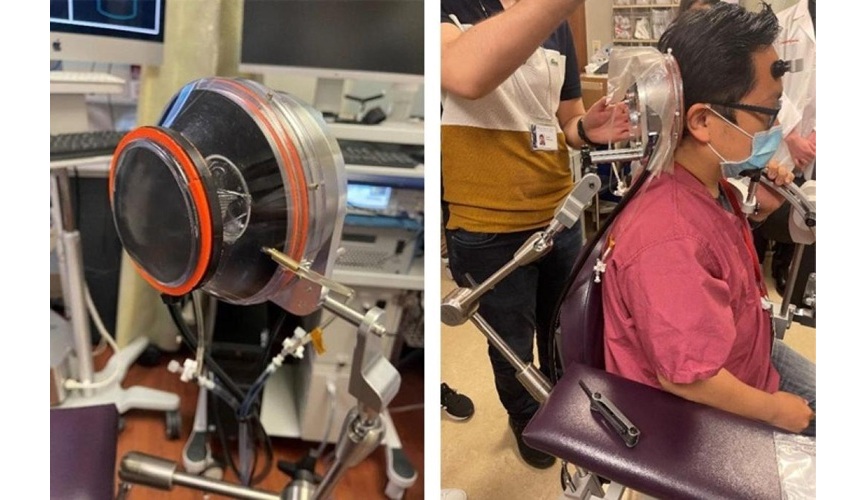
Focused Ultrasound Technique Successfully Treats Pediatric Brain Cancer
Treating brain cancer in children remains one of the most difficult challenges in medicine, largely because most chemotherapy drugs cannot reach tumors deep inside the brain. A key obstacle is the blood-brain... Read more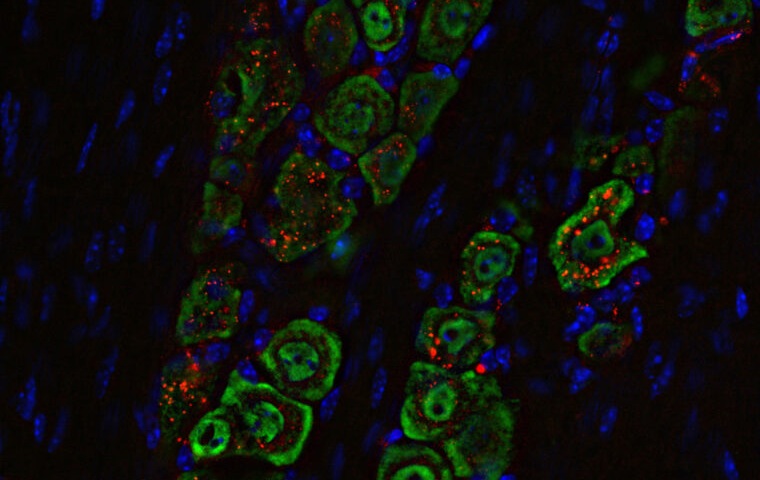
Nasal Drops Fight Brain Tumors Noninvasively
Glioblastoma is one of the most aggressive and fatal brain cancers, progressing rapidly and leaving patients with very limited treatment options. A major challenge has been delivering effective therapies... Read more
AI Helps Optimize Therapy Selection and Dosing for Septic Shock
Septic shock is a life-threatening complication of sepsis and remains a leading cause of hospital deaths worldwide. Patients experience dangerously low blood pressure that can rapidly lead to organ failure,... Read more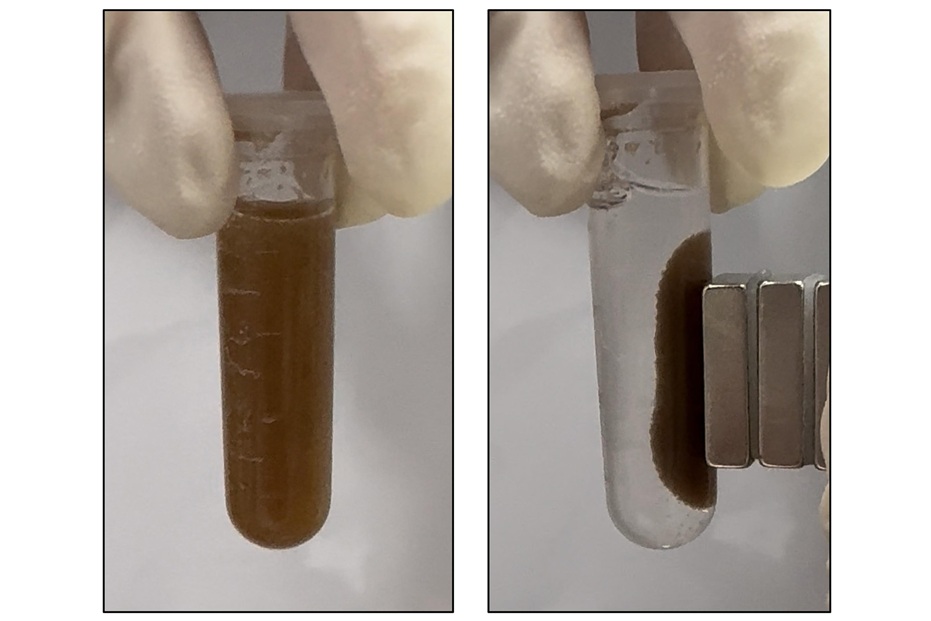
Glowing Bacteria ‘Pills’ for Detecting Gut Diseases Could Eliminate Colonoscopies
Diagnosing gastrointestinal diseases such as colitis and colorectal cancer often relies on colonoscopy, an invasive procedure that many patients avoid despite ongoing symptoms like bleeding, cramping, and diarrhoea.... Read moreSurgical Techniques
view channelLaparoscopic Surgery Improves Outcomes for Severe Newborn Liver Disease
Biliary atresia is a rare but life-threatening liver condition in newborns that blocks bile flow and leads to progressive liver damage if not treated early. Surgery is typically performed within the first... Read moreNovel Endoscopy Technique Provides Access to Deep Lung Tumors
Detecting lung cancer early can save lives, but diagnosing small tumors deep in the outer regions of the lungs remains a major clinical challenge. Although CT scans frequently identify tiny suspicious... Read morePatient Care
view channel
Revolutionary Automatic IV-Line Flushing Device to Enhance Infusion Care
More than 80% of in-hospital patients receive intravenous (IV) therapy. Every dose of IV medicine delivered in a small volume (<250 mL) infusion bag should be followed by subsequent flushing to ensure... Read more
VR Training Tool Combats Contamination of Portable Medical Equipment
Healthcare-associated infections (HAIs) impact one in every 31 patients, cause nearly 100,000 deaths each year, and cost USD 28.4 billion in direct medical expenses. Notably, up to 75% of these infections... Read more
Portable Biosensor Platform to Reduce Hospital-Acquired Infections
Approximately 4 million patients in the European Union acquire healthcare-associated infections (HAIs) or nosocomial infections each year, with around 37,000 deaths directly resulting from these infections,... Read moreFirst-Of-Its-Kind Portable Germicidal Light Technology Disinfects High-Touch Clinical Surfaces in Seconds
Reducing healthcare-acquired infections (HAIs) remains a pressing issue within global healthcare systems. In the United States alone, 1.7 million patients contract HAIs annually, leading to approximately... Read moreHealth IT
view channel
EMR-Based Tool Predicts Graft Failure After Kidney Transplant
Kidney transplantation offers patients with end-stage kidney disease longer survival and better quality of life than dialysis, yet graft failure remains a major challenge. Although a successful transplant... Read more
Printable Molecule-Selective Nanoparticles Enable Mass Production of Wearable Biosensors
The future of medicine is likely to focus on the personalization of healthcare—understanding exactly what an individual requires and delivering the appropriate combination of nutrients, metabolites, and... Read moreBusiness
view channel
Philips and Masimo Partner to Advance Patient Monitoring Measurement Technologies
Royal Philips (Amsterdam, Netherlands) and Masimo (Irvine, California, USA) have renewed their multi-year strategic collaboration, combining Philips’ expertise in patient monitoring with Masimo’s noninvasive... Read more
B. Braun Acquires Digital Microsurgery Company True Digital Surgery
The high-end microsurgery market in neurosurgery, spine, and ENT is undergoing a significant transformation. Traditional analog microscopes are giving way to digital exoscopes, which provide improved visualization,... Read more
CMEF 2025 to Promote Holistic and High-Quality Development of Medical and Health Industry
The 92nd China International Medical Equipment Fair (CMEF 2025) Autumn Exhibition is scheduled to be held from September 26 to 29 at the China Import and Export Fair Complex (Canton Fair Complex) in Guangzhou.... Read more








